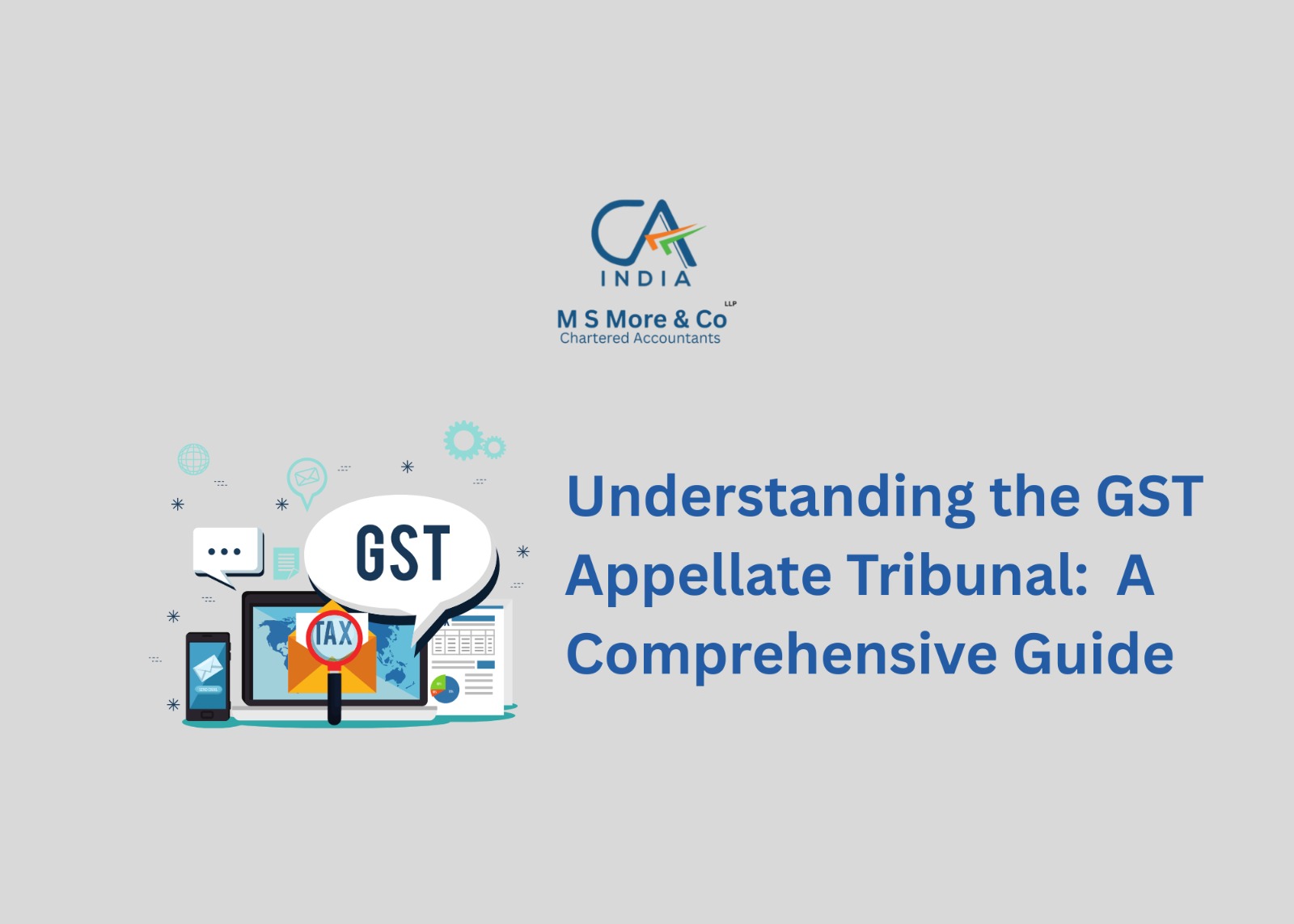1. Introduction – What is GST Appellate Tribunal (GSTAT)?
The Goods and Services Tax Appellate Tribunal (GSTAT) is a specialized quasi-judicial body constituted under the GST law to resolve disputes arising under the GST regime. It serves as:
- A second appellate authority, where taxpayers or the revenue department can appeal against orders passed by the Appellate Authority or the Revisional Authority.
- A forum designed to ensure expertise, consistency, and efficiency in the adjudication of GST-related matters.
- An intermediary step before litigation in High Courts, helping reduce the judicial burden and ensuring faster resolution of tax disputes.
2. Formation – Is it Formed and Functional?
Though GSTAT was envisaged in the original GST framework in 2017, its actual formation faced significant delays due to legal, administrative, and procedural hurdles.
- On April 26, 2025, the Central Government notified the Goods and Services Tax Appellate Tribunal (Procedure) Rules, effective from April 24, 2025, officially initiating the process of forming benches across the country.
- While the notification of the procedure rules marks a significant milestone, the Goods and Services Tax Appellate Tribunal is not yet fully formed or functional.
- The delay in appointing judicial and technical members remains the critical bottleneck.
- Until these appointments are finalized and the benches are staffed and operationalized, stakeholders — particularly taxpayers and revenue authorities — will continue to face uncertainty and prolonged litigation in High Courts.
3. Which Cases Can Go to the Tribunal?
GSTAT has jurisdiction over a wide range of GST-related disputes, including:
- Classification of goods or services under the correct tax rate.
- Input Tax Credit (ITC) eligibility and reversals.
- Place of supply disputes (determining intra-state vs inter-state supply).
- Refund rejections and delays.
- Penalty impositions, valuation issues, and other interpretational challenges under the GST law.
- Essentially, any appealable order under GST law that raises a substantial question of law or fact can be taken up by the tribunal.
4. Why Was It Formed?
Prior to the establishment of GSTAT, taxpayers had no dedicated forum for second-level appeal under GST and had to approach High Courts directly, leading to:
- Increased judicial backlog
- Delayed resolution of disputes
- Higher legal costs for both taxpayers and the tax department
The creation of GSTAT was thus intended to:
- Provide a specialized, efficient, and consistent platform for GST-related disputes
- Ensure speedier resolution and reduce pendency
- Relieve pressure on the judiciary, especially the High Courts
5. Advantages of GST Appellate Tribunal:
Once operational, the GSTAT is expected to deliver several systemic benefits:
- Faster Dispute Resolution: Dedicated benches and streamlined processes can reduce the time taken to resolve cases compared to general courts.
- Expert Decision-Making: Combination of judicial and technical members ensures both legal soundness and practical tax insights.
- Cost-Effective Redressal: Tribunals are less expensive than High Court litigation, benefiting small and medium taxpayers in particular.
- Clarity and Consistency: GSTAT rulings will contribute to legal certainty and uniformity across states.
- Taxpayer Relief: With thousands of GST-related appeals currently stuck in limbo, a functional GSTAT will offer a much-needed mechanism for resolution.
Conclusion:
The GST Appellate Tribunal (GSTAT) is a crucial component of India’s indirect tax dispute resolution framework, aimed at delivering specialized, efficient, and consistent adjudication under the GST regime. While its formal establishment marks significant progress, delays in appointing judicial and technical members continue to hinder its functionality. Once operational, GSTAT is expected to ease the burden on High Courts, ensure faster dispute resolution, and provide much-needed relief to taxpayers and the revenue authorities alike.


Nice, details information provider👌👌🙏
We’re glad to hear that you found the blog valuable